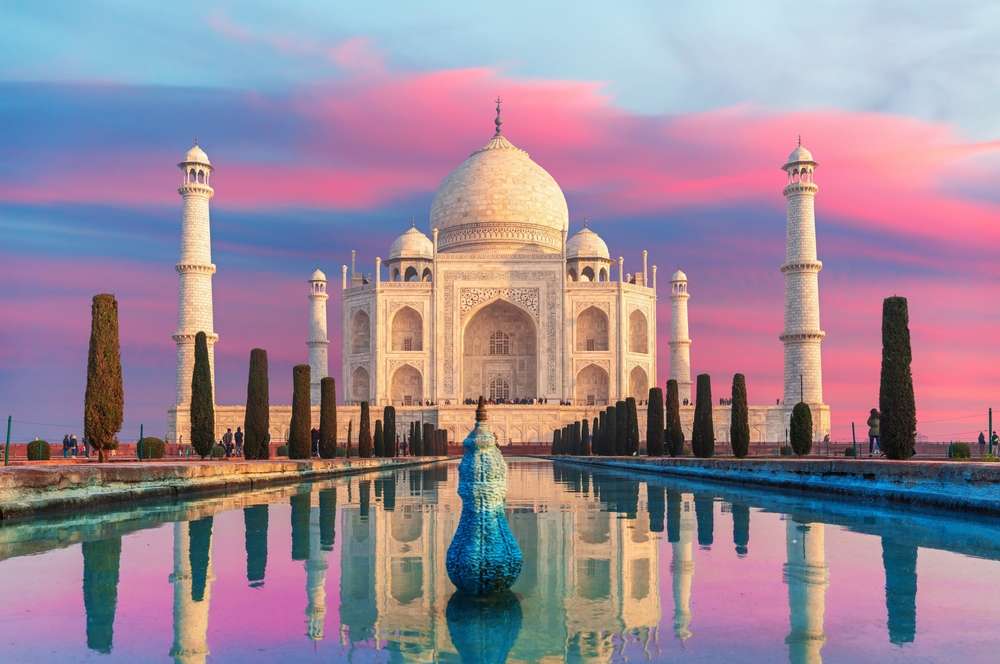India welcomes millions of visitors each year. It is a place of vivid customs, many civilizations, and great history. Although the nation is beautiful, a respectful and meaningful visit depends on knowing its cultural behavior. India’s cultural standards are based on centuries-old customs, so being aware of them would enable you to interact more with the people and also help you to prevent inadvertent mistakes.
Respect for Religion and Spirituality
For many Indians, religion permeates their daily life. Among the various significant faiths found in the nation are Hinduism, Islam, Christianity, Sikhism, Buddhism, and Jainism. Sacred sites include temples, mosques, churches, and other places of worship; visitors are supposed to act honorably.
When you get to a place of worship, change your shoes and dress modestly. Steer clear of showing too revealing attire. For ladies, especially in Sikh gurdwaras and mosques, carry a scarf to cover your head as needed. Photography inside religious sites is sometimes limited; always ask permission if unsure.
Honor religious celebrations and practices. Locals often encourage visitors to partake in celebrations, including Diwali, Holi, or Eid. Accept the chance; remember the meaning behind the celebrations and follow their lead.
Indian Visa for Barbados Citizens
Greeting Customs
Hello in India usually transcends an introductory handshake. The customary greeting, “Namaste,” is a little bow and palm-together action. Although handshakes are typical in cities, particularly among males, employing “Namaste” is a kind and generally approved gesture.
Use physical contact carefully. In traditional environments, men and women may avoid touching each other—even for greetings. It’s best to watch the residents and act accordingly.
Dressing Appropriately
Indian society stresses modesty, particularly in rural locations and religious environments. Although cities like Mumbai, Delhi, and Bengaluru are more liberal, it’s best to be cautious.
Women would be suited in long skirts, dresses, loose-fitting slacks, and modest shirts. Men are supposed to wear shirts and long pants most of the time. At beaches and resorts, swimwear is appropriate, but it should not be worn in public areas outside of these places.
Table Manners and Food Etiquette
Indian society revolves around food, so sharing meals is a beloved custom. Still, some eating customs have to be followed. Given many Indians eat with their hands, always wash your hands both before and after meals.
When dining at someone else’s house, wait for the host to present you before eating. In many parts of India, the left hand is considered dirty, so eating with your right hand, passing dishes, or handling money is expected. Food is considered disrespectful; thus, avoid squandering it.
Though not required, tipping is valued in restaurants and for services. A gratuity between 10 and 15 percent is usually considered generous.
Navigating Personal Space and Communication
Personal space differs widely among cultures, and in India, it is not unusual for people to stand closer during meetings or conversations. This is true, especially in markets, public transportation, and busy streets.
Unless you know your host or guide, avoid delicate subjects such as politics, caste, or religion in a conversation. Indians are usually pleasant and welcoming, so a grin or nice attitude will help to create important relationships.
Photography Etiquette
India is a photographer’s dream come true with its vivid hues and striking landscapes, but caution is everything. Before snapping pictures of people—especially women—always get permission. Many residents will comply but might request a little gratuity or a sign of thanks.
Do not photograph military areas or airports among sensitive sites. Behave respectfully in places of worship or at private rituals.
Public Behavior and Gestures
Many areas of India view public displays of affection—like embracing or kissing—as inappropriate. Holding hands or walking arm-in-arm is polite, especially among friends or relatives.
Watch your gestures. Pointing with a single finger, touching someone’s head, or beckoning using your hand facing upward are considered rude. Point or gesture instead with your entire hand.
Indian Visa for Belarus Citizens
Transportation and Bargaining
Though India’s transportation system can seem daunting, knowing local customs will help. Agree on the fare beforehand or guarantee the meter is utilized when riding cabs or rickshaws.
Though usual in markets, bargaining should be done graciously and with a smile. Negotiating is anticipated and part of the experience since vendors generally charge higher rates for visitors.
Final Thoughts
Knowing Indian cultural etiquette is about adopting the spirit of respect and inquiry rather than strictly adhering to a set of guidelines. Generally speaking, Indians are forgiving of cultural faux pas—especially when they make a sincere effort to grasp and fit their customs. Being aware of these cultural quirks can not only enhance your trip but also help you leave a good impression on the individuals you meet along the road.
More articles: Bodrum Bliss: Explore Turkey’s Aegean Paradise
